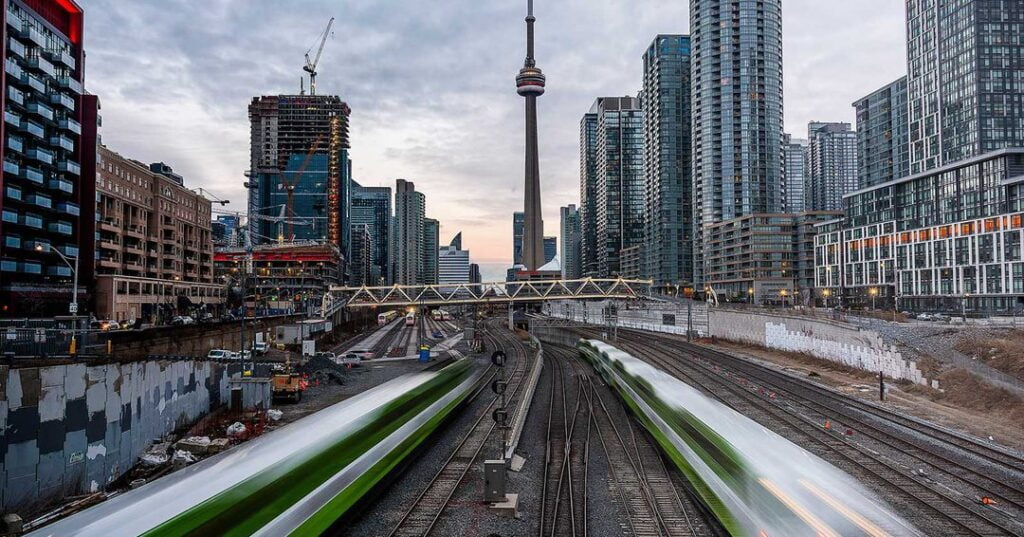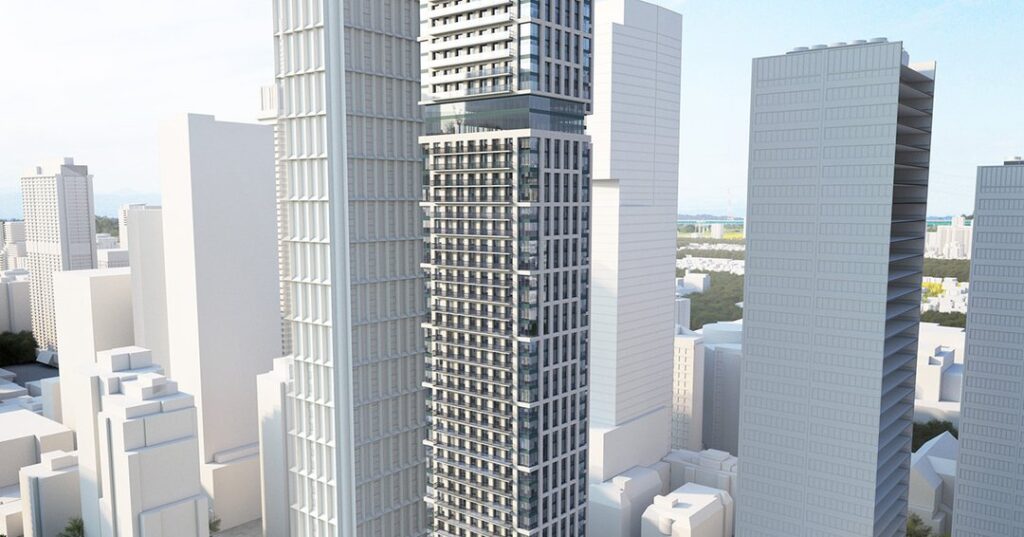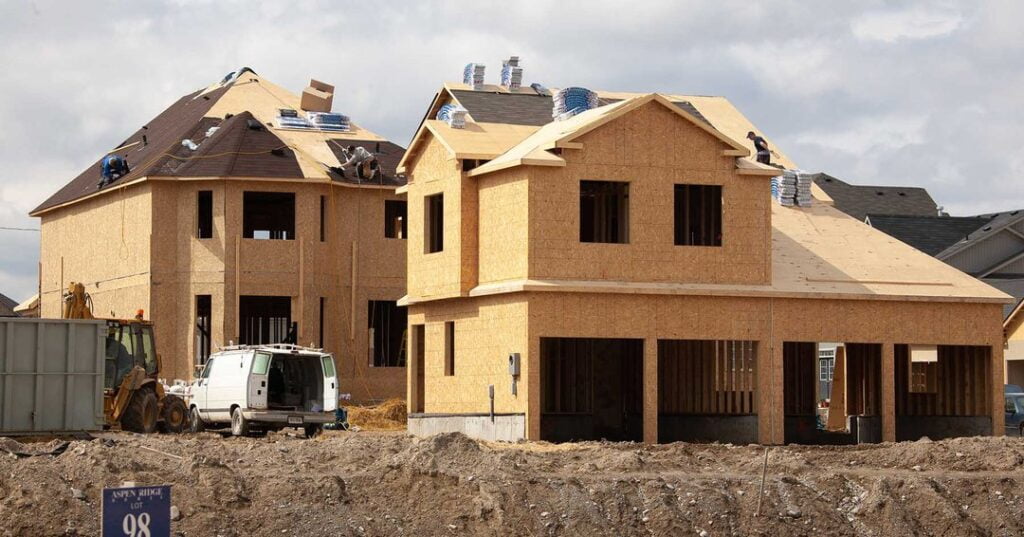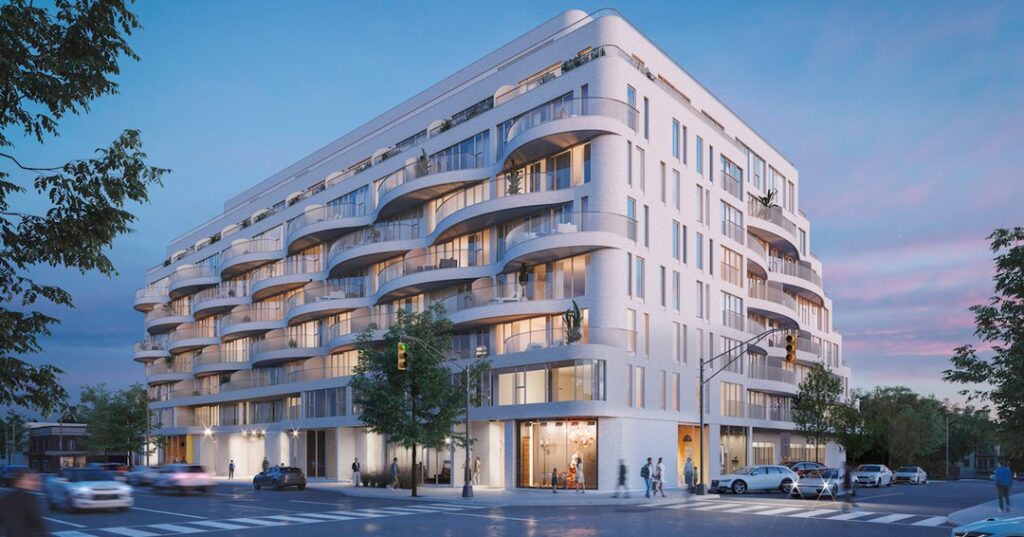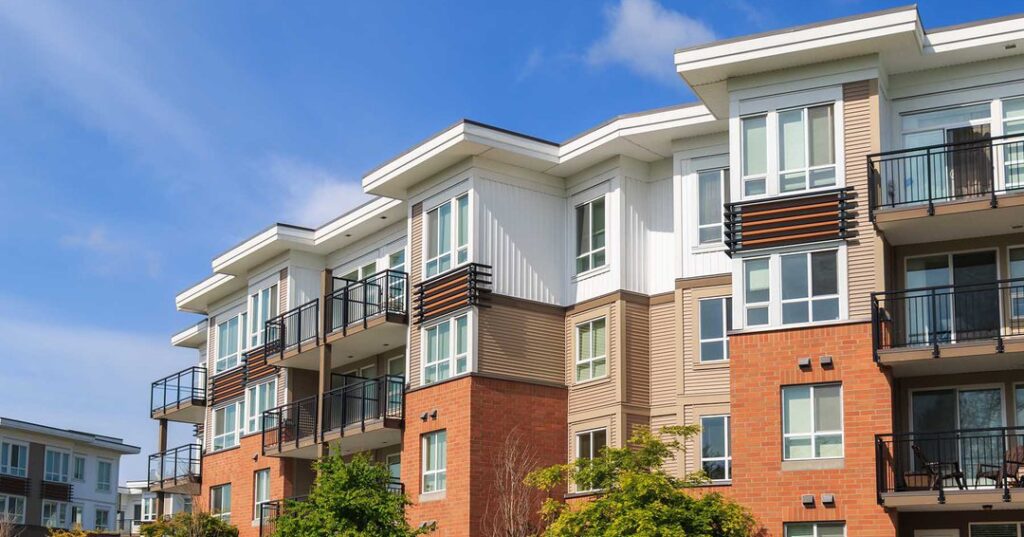Canadian Real Estate Prices Fall 30%, Recession Starts: Ox Econ
Canadian Real Estate Prices Fall 30%, Recession Starts: Ox Econ Neither the real estate market nor the economy in Canada looks particularly promising at the moment. This week, Oxford Economics issued a warning to its clients saying that a recession was starting to take shape. Higher interest rates meant to curb inflation are instead significantly lowering property prices and extending the recession. In addition, high inflation makes it unlikely that we would see a stimulus windfall, as it would work against efforts to reduce the economy’s temperature. EXPECTED 30% DROP IN CANADIAN REAL ESTATE PRICES WILL ERASE RECENT GAINS There will likely be more drops in Canadian real estate prices, but the gains made before the pandemic should survive. The business forecasts prices plummeting 30% from peak-to-trough, after surging more than 54% since March 2020. Those who bought in March would have seen their investment rise at a compound annual rate of about 2.3%, for those who don’t have a calculator handy (CAGR). Not quite the windfall some had hoped for, especially when rising prices are factored in. The percentage of GDP accounted for by new real estate is also predicted to decline, namely residential investment. In this year, the market declined by 10% from Q1 to Q3 because of rising interest rates. The firm predicts a further 8% fall in the coming year, which isn’t too hard to see with declining new construction sales. CANADIANS MIGHT EXPECT A DEEPER AND LONGER RECESSION THAN USUAL Early indicators of a recession have already developed, and this next recession is projected to be lengthier than typical. During this recession, homebuyers have cut back and businesses have become more cautious about spending money. The business is projecting a 2% fall in real GDP from Q4 2022 to Q3 2023. You can probably predict that the effect won’t be the same. Tony Stillo, the company’s director of economics, said, “This recession is slightly longer but milder than the average recession since 1970.” Canadians with large amounts of debt and overpriced homes will feel the effects the most. IMPORTANT BOOST NOT LIKELY AND COUNTERPRODUCTIVE Looking at the current economic downturn as a stimulus bonanza? Stillo advises against putting any stock in that possibility. The slump won’t be too terrible, and the completion of long-awaited infrastructure projects will ease its effects. However, excessive inflation has become a constraining factor. “To avoid undermining the Bank of Canada’s attempts to contain inflation, any fresh fiscal stimulus is unlikely unless the recession is severe,” said Stillo. Related posts. How does a home warranty differ from an insurance policy? Read More Deposit Protection Eases Homebuying Stress Read More Importance of the performance audit Read More How can Home Warranty Guard You Against Unexpected Expenses Read More Canada hopes to welcome half a million immigrants by 2025, but can the country keep up? Read More Canadian Real Estate Prices Fall 30%, Recession Starts: Ox Econ Read More
Canadian Real Estate Prices Fall 30%, Recession Starts: Ox Econ Read More »


